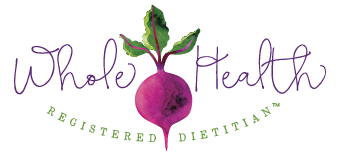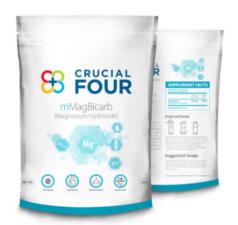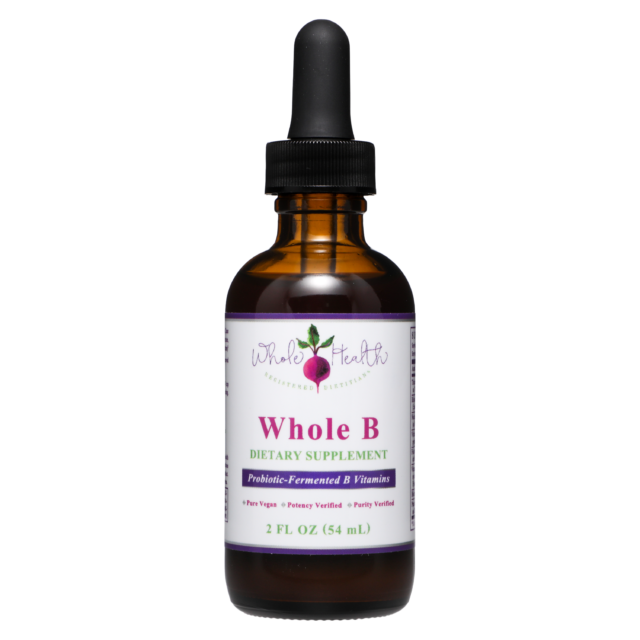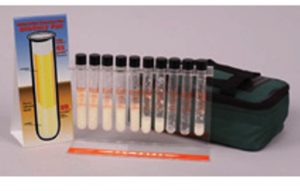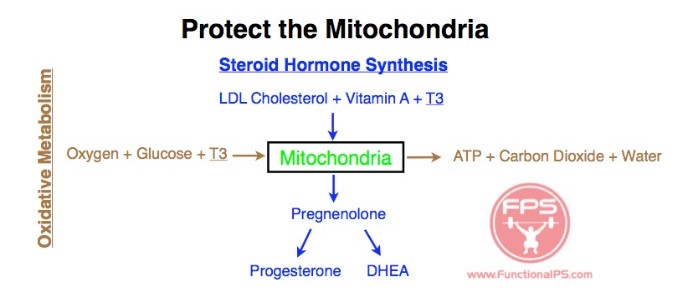I’ve been putting off writing about this topic for a while because we’re currently in a period of time where milk and dairy products are vilified foods. I’m a big proponent of the idea that ALL foods have pros and cons, and I think milk and dairy products have way more pros than cons. The inability to digest milk and dairy products is often due to additives, quality, and a person’s gut health and metabolic rate, rather than milk and dairy products being “bad foods.”
Thankfully, my intern, Nosheen Hayat, was up to the challenge! Nosheen is a dietetic intern at the National Institutes of Health and a Gates Millennium Scholar. She received her Masters of Public Health degree from the University of Michigan. She runs a private practice Hayat Nutrition in Gaithersburg, MD. I am grateful to her for tackling this tough, but timely blog post. Enjoy!

Many people (particularly in the vegan circles) make the argument that humans are the only mammals that drink another mammal’s milk and thus, it is an “unnatural” behavior. However, humans are also at the top of the food chain and the only mammals on earth that drive cars, cook their food, and use technology.
Dairy consumption has been a human practice for at least 8,000 years. In many cultures, milk is regarded as an important food and used to make butter, cheese, yogurt, and kefir.
Despite a long history of dairy being an integral component of the human diet, it has recently been vilified and alternatives such as almond, rice, and soy milk have become popular. One reason why dairy is considered an “unhealthy” food is due to its saturated fat content. Many publications since the 1950s have linked saturated fat with increased risk for heart disease; however, more recent publications are showing this may no longer be the case. Research now shows that saturated fat may not be associated with an increased incidence of cardiovascular events (1).
Milk consumption is associated with reduced risk for a number of diseases, including childhood obesity, type 2 diabetes, cardiovascular disease, stroke, colorectal cancer, bladder cancer, gastric cancer, and breast cancer; research also shows a positive effect on bone mineral density (2). While humans have been drinking milk for thousands of years, drinking plant-based milk is a new phenomenon and its consequences on health are yet unknown.
Not only is milk cheap and easily accessible for most individuals, it is also a rich source of magnesium, potassium, selenium, vitamins A, B, D, and K. It is a naturally balanced food—containing 87% water, 5% sugar (lactose), ~3.5% protein, and ~4% fat.
However, not all milk and dairy is created equal.
Grass-fed, Organic vs. Conventionally Farmed Milk
Grass-fed milk comes from cows that are allowed to graze on pasture for most of the year rather than being fed a processed diet (i.e. genetically-modified corn and soy). This method of farming creates an environment for happy, healthy cows. Grass-fed milk has a lower omega-6 to omega-3 ratio, which is important for good health and reducing inflammation in the body (3). It also has higher amounts of conjugated linoleic acids (CLA), which are associated with reduced risk for cardiovascular disease (3).
Purchasing organic milk can reduce the amount of pesticides in your milk and guarantee that the feed provided to the cows is not genetically modified. However, it does not imply that the cows your milk comes from are allowed to graze on pasture or be unconfined.
Conventionally farmed milk typically comes from cows that are fed a processed diet, consisting of soybean, corn, and other grains as well as antibiotics. Additionally, these cows are not allowed to graze on pasture and live in very unsanitary and stressful conditions.
Homogenization of Milk
The purpose of homogenization is to ensure that the fat or cream of the milk does not separate from the liquid. This is done by forcing the fat molecules through small holes or mesh at high pressure. One problem with homogenized milk includes the breakdown of casein micelles, which result in calcium phosphate soaps that can irritate the gut lining and decrease the bioavailability of calcium and phosphorus found in milk (4).
Homogenization can also introduce oxygen into the milk product, which can cause excess bloating and gas when it interacts with the bacteria in the gut of individuals with gastrointestinal issues. Lastly, homogenization can inactivate a protein called lactoferrin, which exhibits anti-bacterial properties by binding up iron and reducing its access to gut bacteria (5).
Opt for a non-homogenized milk, if possible. However, if you can’t get access to a non-homogenized milk, it’s no reason to avoid milk! Homogenized milk is still a great source of protein, minerals, and vitamins.
Pasteurization of Milk
When milk is pasteurized, it is heated to a specific temperature for a length of time and then cooled immediately. The temperatures and length of time vary based on type of pasteurization. Heat treatment is used to destroy potentially pathogenic bacteria; however, it can also inactive enzymes and reduce the percentage of nutrients found in milk.
Unpasteurized or raw milk is not heat-treated. However, raw milk is illegal in most states and difficult to find. If you live in a state that allows the sale of raw milk (i.e. California), it is important to visit the sourcing farm and see their practices to ensure cleanliness of their operations and proper care of their farm animals.
Low-pasteurized milk is heated in small batches at a lower temperature but longer period of time than regular pasteurized milk—to 145ºF for 30 minutes.
Regular pasteurized milk is heated to a temperature of 161ºF for about 15 seconds and then cooled immediately.
Ultra-pasteurized milk is heated to a minimum of 280ºF for at least two seconds. The higher temperatures kill more bacteria and ensure longer shelf-life of milk processed with ultra-pasteurization.
Pasteurization can reduce the amount of immune-modulating proteins in milk, such as lactoferrin; it can inactivate enzymes and reduce the amount of vitamin C, B6, iron, manganese, and copper (4). Ultra-pasteurization further reduces the vitamin and mineral content of the milk, cause formation of lactulose (a laxative) through lactose isomerization and Maillard reaction products, which can reduce the bioavailability of proteins and minerals in milk (4, 6).
While low pasteurization to no pasteurization is the best option, it can differ person to person depending on their digestive health. Individuals struggling with digestive issues may have symptoms of bloating, gas, and abdominal pain when drinking raw milk. These individuals may do better with a pasteurized or ultra-pasteurized milk product. Or vice versa, these same individuals may do better on raw milk or low-pasteurized milk. It is important for you to look out for symptoms after drinking milk to see if the type of milk you’re drinking is working for you.
Context of Drinking Milk
Now that we’ve discussed what to consider when purchasing milk, let’s talk about the different physiological contexts of drinking milk.
Many people cannot drink milk due to lactose intolerance, which occurs when not enough lactase (a digestive enzyme that breaks down the sugar lactose) is produced. Often times, a lack of lactase production is considered “unfixable,” however, underlying issues such as hypothyroidism or a low metabolic rate can be the root cause of a lactose intolerance. Digestive enzymes and stomach acid production decreases in a hypo-metabolic state, not only because the body is now in a stress response state and shunts resources away from the rest and digest system, but also because a slower metabolic rate requires less caloric intake and therefore, less inputs to the digestive system are needed (7).
Lactose intolerance can also present itself as a symptom of underlying gastrointestinal issues, such as small intestinal bacterial overgrowth (SIBO) or irritable bowel syndrome (IBS) (8). Microbiota dysbiosis usually occurs when there is an imbalance in the number of good to bad bacteria. Good bacteria thrive off of sugars and produce useful byproducts, such as acetic acid and butyric acid, which are subsequently absorbed into the bloodstream or used to activate thyroid hormone in the gastrointestinal tract. However, bad bacteria produce an excess amount of gas, which presents itself as flatulence and bloating, when they have access to sugar molecules (i.e. dairy sugar lactose, a disaccharide). And they subsequently suppress the growth of good bacteria by reducing their access to nutrients as well as over-proliferating.
For individuals who may struggle with gastrointestinal issues, you can reduce the likelihood of bloating, gas, and pain with drinking milk by opting for warm over cold milk. The optimal temperature for digestive enzymes is 98.6 degrees. When we drink cold milk, we reduce the temperature of our digestive tract and reduce the effectiveness of enzymes responsible for digesting our food.
It’s also important to note that individuals who have lower metabolic rates are likely unable to convert the amino acid tryptophan in milk to a B vitamin called niacin. In individuals with high metabolic rate, tryptophan is easily converted to niacin, which is used to break down carbohydrates, protein, and fats from our meals, support liver and digestive function, and much more (9). Eating a balanced meal prior to drinking milk ensures that the tryptophan in milk is converted to niacin, as opposed to the stress hormones serotonin and melatonin (10).
Milk is a balanced food with many nutrients that can be used to support good health. For people with low metabolic rate and gastrointestinal issues, it can be difficult to consume milk. Addressing the metabolic rate and GI issues almost always results in better digestibility of milk and therefore, increased access to a great source of nutrients.
Cheese
Cheese, like milk, is a great source of nutrients. However, the problem with cheese is the excess ingredients manufacturers add to them, such as whey protein, gums, carrageenan, enzymes, GMO cultures, food coloring, and “natural” or artificial flavoring. These additives can make it difficult to digest the cheese products, which is why it’s important to look for a cheese with the least number of ingredients (9).
For example, when searching for organic ricotta cheese, look for a brand that only has skim milk, salt, and vinegar on the ingredients list. Also, look for cheeses that have animal rennet as opposed to enzymes or other types of rennet, which can be allergenic. Many European imports still make cheese the traditional way with animal rennet.
Yogurt
Individuals who struggle with hypoglycemia, a sluggish liver, or are hypo-metabolic should eat yogurt (and other fermented foods) in small quantities. Lactic acid from yogurt, when absorbed, can cause a stressful response in the body by forcing the liver to use its glycogen stores for energy to convert the lactic acid into glucose.
When consuming yogurt, choose a low-fat Greek option, which will be lower in lactic acid (because it has been strained); will have less additives; and more calcium and protein.
References
- https://www.ncbi.nlm.nih.gov/pubmed/29628045 (see also: https://www.ncbi.nlm.nih.gov/pubmed/26268692, https://www.ncbi.nlm.nih.gov/pubmed/20071648)
- https://www.ncbi.nlm.nih.gov/pmc/articles/PMC5122229/
- https://www.ncbi.nlm.nih.gov/pmc/articles/PMC5980250/
- https://www.sciencedirect.com/science/article/abs/pii/S0924224406000550
- https://www.ncbi.nlm.nih.gov/pubmed/18573312
- https://www.hindawi.com/journals/ijfs/2015/526762/
- https://www.ncbi.nlm.nih.gov/pmc/articles/PMC2699000/pdf/WJG-15-2834.pdf
- https://www.ncbi.nlm.nih.gov/pubmed/26393648
- https://www.ncbi.nlm.nih.gov/pmc/articles/PMC3729278/
- “Fuck Portion Control” by Nathan Guy Hatch
- “How to Heal Your Metabolism” by Kate Deering
